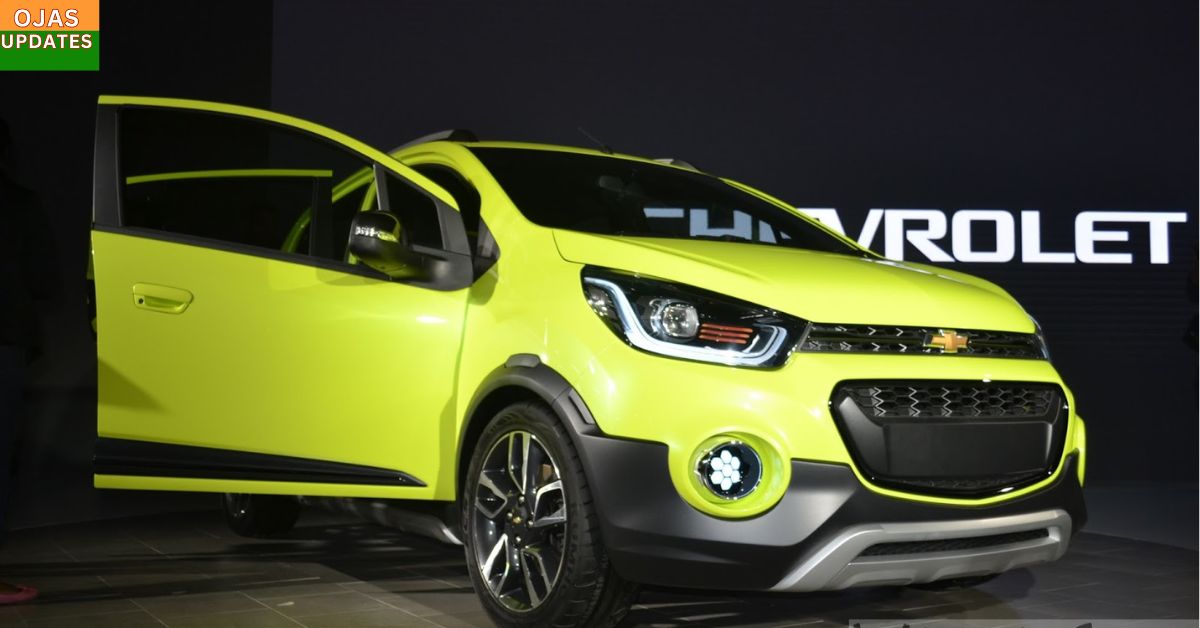The Indian automotive market has witnessed a dynamic evolution over the past few decades, with several brands entering the race to capture the hearts of consumers. Among the notable entries, the Chevrolet Beat stood out as a distinctive hatchback that brought a fresh blend of style, innovation, and practicality to the table. Though Chevrolet has since exited the Indian market, the Beat continues to be remembered fondly by many enthusiasts and everyday users alike.
A Bold Introduction
Launched in India in 2010 by General Motors under the Chevrolet brand, the Beat was based on the third-generation Chevrolet Spark (known globally). With its aggressive styling, compact design, and futuristic interiors, the Beat was clearly aimed at younger, urban consumers looking for a stylish and economical vehicle. At a time when most small cars had conservative designs, the Beat dared to be different.
Its design included muscular wheel arches, aggressive front headlamps, a split grille, and uniquely placed rear door handles that were integrated into the C-pillar — giving it a sporty, two-door coupe-like appearance despite being a five-door hatchback. The Beat instantly caught attention on Indian roads, becoming a talking point for its bold looks.
Under the Hood
The Chevrolet Beat was offered in both petrol and diesel variants, catering to a wide range of customer preferences. The petrol variant came with a 1.2L 4-cylinder engine producing around 79 bhp, which was known for its peppy performance and urban drivability. Later, Chevrolet introduced a 1.0L 3-cylinder diesel engine, which became one of the smallest diesel engines available in India at the time.
The diesel variant was particularly appreciated for its excellent fuel efficiency, often delivering upwards of 23-25 km/l under optimal driving conditions. This made the Beat diesel a favorite among budget-conscious buyers and daily commuters.
In terms of transmission, the Beat came with a 5-speed manual gearbox that offered smooth shifts and was well-matched to the car’s engine performance.
Interior and Features
One of the most striking aspects of the Chevrolet Beat was its futuristic and premium-feel cabin, especially given its price segment. The dashboard featured a motorbike-inspired instrument cluster with a digital-analog combo that was unique and modern. The blue backlit console added a cool aesthetic, setting it apart from rivals.
The Beat came equipped with features like power windows, air conditioning, integrated music system with AUX and USB connectivity, steering-mounted controls (in higher trims), and airbags and ABS in select variants. For a budget hatchback, these were generous offerings that contributed to its appeal.
Space-wise, the Beat offered adequate room for four adults, though the rear seat could feel a bit cramped for three passengers. Boot space was also limited compared to competitors, but it sufficed for city runs and short weekend trips.
Driving Experience
Driving the Chevrolet Beat was a pleasurable experience in urban environments. The tight turning radius, light steering, and compact size made it easy to maneuver through city traffic and tight parking spots. While the petrol variant was more refined and responsive, the diesel offered unmatched fuel economy, making it an excellent option for those with long daily commutes.
On highways, the Beat maintained respectable composure at moderate speeds, though high-speed stability and engine noise were areas where it showed its budget-oriented nature. Nevertheless, the suspension setup was decent, absorbing most potholes and uneven surfaces commonly found on Indian roads.
The Chevrolet Exit and Beat’s Legacy
In 2017, General Motors announced its exit from the Indian market, which meant the end of the road for models like the Beat. Despite this, the Beat continued to enjoy a presence in the used car market, thanks to its reliable performance, solid build, and distinctive styling. It also found use in the fleet segment, especially the diesel variant, due to its frugality.
While the discontinuation of Chevrolet’s operations in India meant that after-sales service became a concern, many third-party garages and parts suppliers stepped in to fill the gap, helping existing owners continue using their vehicles without much hassle.
Conclusion
The Chevrolet Beat may no longer be in production, but it holds a special place in the history of hatchbacks in India. It challenged the norm with its bold design, efficient engines, and feature-rich package, carving a niche for itself in a highly competitive segment. Even today, the Beat is a solid choice in the pre-owned market for those seeking a stylish and reliable hatchback on a budget.

